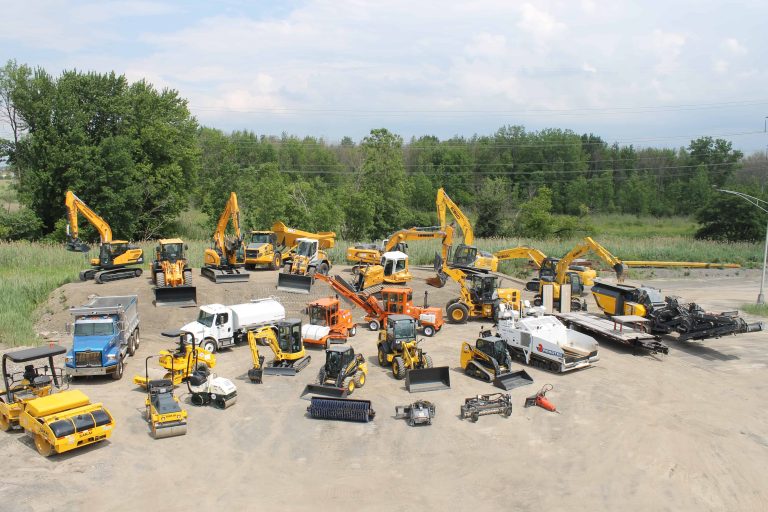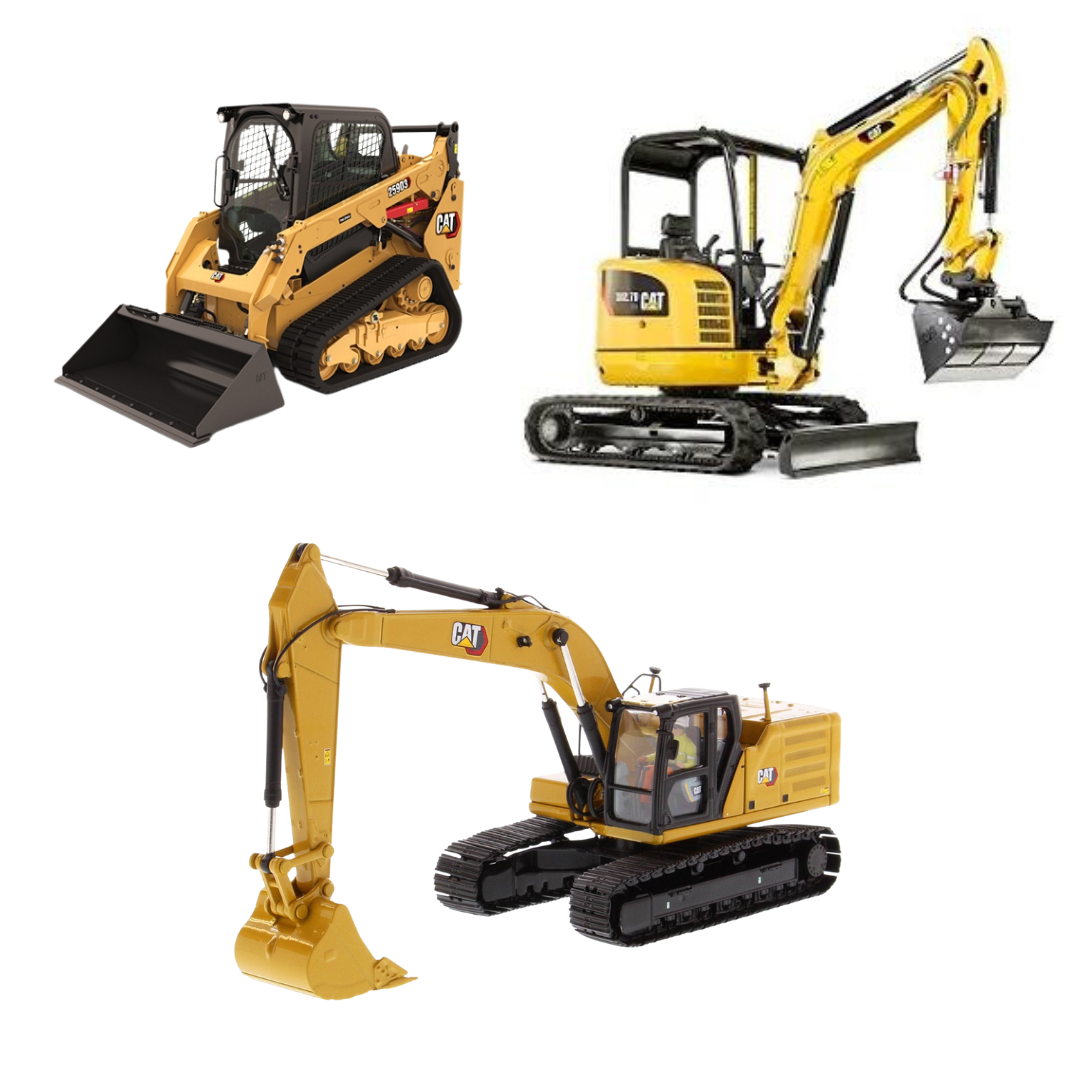Construction Equipment Rentals: Heavy Duty Machinery for Your Projects
Construction Equipment Rentals: Heavy Duty Machinery for Your Projects
Blog Article
Maximize Your Budget by Understanding the Prices Related To Building And Construction Devices Services
Comprehending the complete range of costs connected with building and construction devices rentals is essential for optimizing your budget plan. While the initial rental charge might seem uncomplicated, many extra expenditures-- such as transportation, gas additional charges, and maintenance-- can promptly collect, impacting your economic preparation. Being mindful of numerous costs and the complexities of rental arrangements can help stay clear of unexpected financial worries. What methods can be used to efficiently take care of these costs and ensure an extra efficient rental experience?
Introduction of Rental Costs
When taking into consideration building devices rentals, recognizing the connected prices is vital for reliable budgeting and project preparation. Rental costs can differ considerably based on a number of factors, consisting of equipment kind, period of leasing, and location. The first rental fee usually shows the tools's market demand and its associated operational capacities, influencing the overall expenditure.
In addition to the base rental price, ancillary expenses might occur, such as transport fees, gas additional charges, and maintenance costs. It is important to make up these extra expenses to precisely analyze the total expense of renting out equipment. In addition, the rental period can affect rates; longer services may receive reduced rates, while short-term leasings could sustain higher day-to-day costs.

Breakdown of Rental Prices
A comprehensive understanding of rental prices is crucial for contractors and project supervisors intending to enhance their budget plans. Rental rates for building equipment generally include several parts, including base prices, time-based fees, and usage costs.
Base prices are the core fees related to the rental of the equipment, often determined by the kind and size of the machinery. These prices can differ dramatically, affected by elements such as equipment need, accessibility, and local market patterns. Time-based fees, which may be daily, weekly, or monthly, offer to fit different job timelines and rental durations.
Additionally, rental prices may consist of usage charges, which apply when devices is made use of beyond a specified limit, making sure that the rental business can make up deterioration. Seasonal demand variations can also influence rental rates, with peak construction periods normally commanding greater prices.
Moreover, comprehending the rental business's policies relating to upkeep and insurance coverage can offer more insight right into the overall cost structure. By evaluating these parts, specialists can make enlightened decisions, ensuring the selection of rental tools straightens with both job requirements and budget plan restraints.
Extra Charges to Take Into Consideration
Understanding the details of extra charges is vital for contractors to manage their overall rental costs successfully. Beyond the conventional rental rates, different auxiliary charges can substantially affect the overall expense of devices leasing. These fees frequently include delivery and pickup charges, which can differ based upon range and logistics associated with transporting the equipment to and from the job website.
In addition, some rental firms might enforce gas surcharges if the equipment is returned with less gas than when rented out. It is additionally necessary to know possible cleansing charges, particularly for specialized equipment that calls for thorough upkeep after usage.

Thoroughly evaluating the rental agreement and making clear these extra fees ahead of time can help service providers prevent unforeseen costs and make sure that budgets continue to be undamaged throughout the project lifecycle.
Repair And Maintenance Expenditures
Normal repair and maintenance expenditures are usually neglected elements that can considerably affect the total cost of construction find here tools services. When renting tools, it is critical to take into consideration not only the rental costs but additionally the possible costs related to maintaining the machinery in ideal operating problem.
Several rental business consist of basic maintenance as component of the rental arrangement; however, much more unexpected malfunctions or considerable fixings can result in extra expenditures. It's vital to assess the rental contract very carefully to understand what maintenance solutions are covered and what responsibilities fall on the occupant.
Furthermore, devices that is not well-maintained can lead to ineffectiveness on the task website, possibly creating hold-ups and raising task prices. To mitigate these risks, it is recommended to carry out routine inspections and keep open interaction with the rental provider relating to any type of issues that arise during use.
Insurance Policy and Liability Costs
Insurance and responsibility prices are crucial elements that can dramatically impact the total expenditure of construction tools services (aerial lift rental). These costs make sure that both the rental company and the client are secured from potential financial losses occurring from accidents, damages, or theft during the rental period

In addition, clients should be conscious of any kind of deductibles or exemptions in the insurance coverage, as these can impact prospective out-of-pocket expenditures. Understanding the terms and conditions of any insurance policy coverage is crucial to avoid unforeseen expenses. Ultimately, budgeting for insurance coverage and responsibility costs can help make certain a smoother rental experience and protect against financial risks connected with building jobs.
Verdict
In conclusion, a comprehensive understanding of the prices connected with building equipment services is essential for effective budget plan administration. Ultimately, informed decision-making relating to equipment rentals adds to the total success of construction endeavors.
Rental prices can vary considerably based on numerous variables, consisting of devices type, duration of rental, and area (dozer rental). The rental duration can influence prices; longer leasings may qualify for affordable prices, while short-term services could incur greater everyday charges
By conducting comprehensive research study and skid steer for sale used involving with credible rental companies, service providers can properly browse the complexities of rental rates, ultimately optimizing their economic sources.
Past the common rental rates, Get the facts different supplementary charges can considerably impact the total cost of equipment leasing. Rental firms commonly provide responsibility insurance policy that covers injuries to 3rd parties or damage to home, while tools damage insurance policy can cover the price of repairs or replacement if the leased devices is damaged.
Report this page